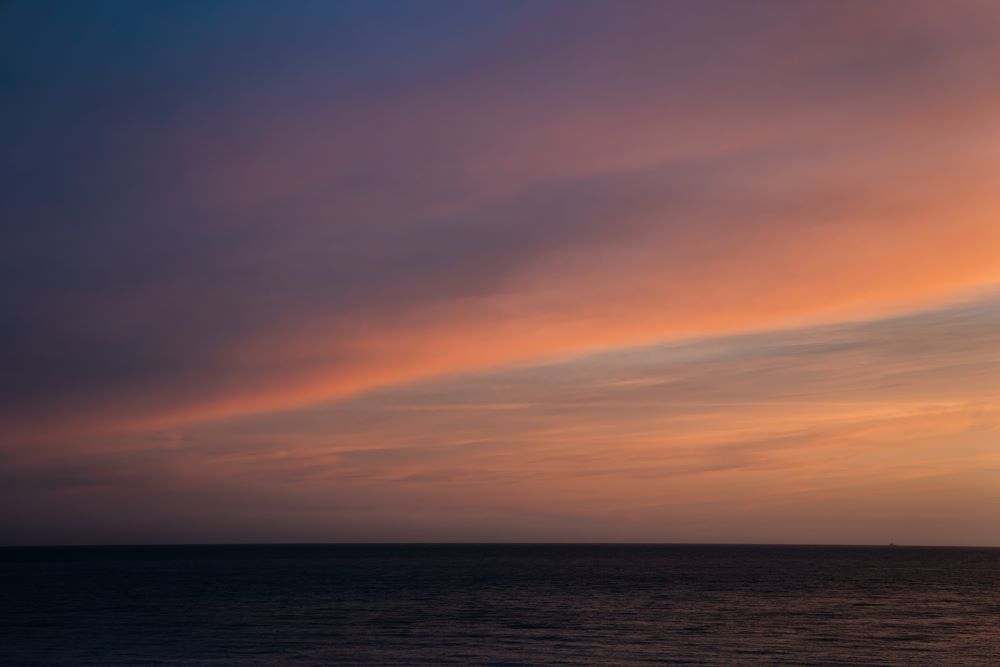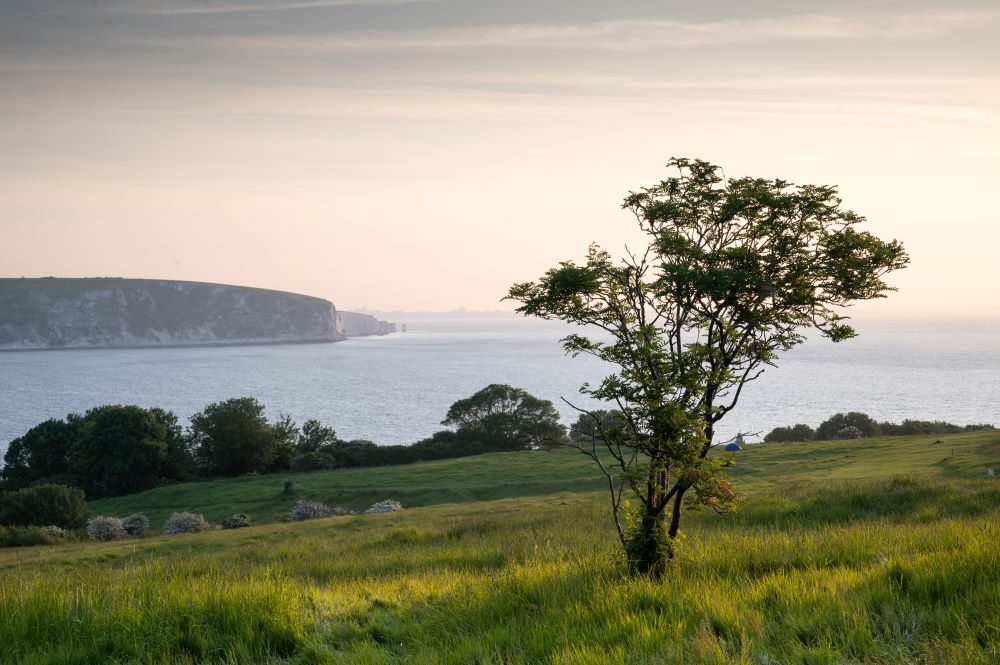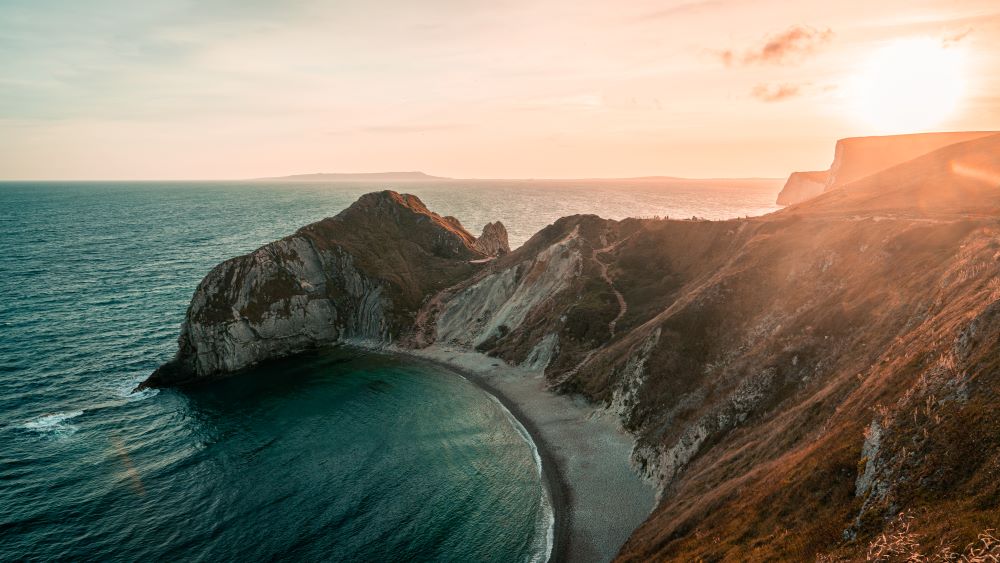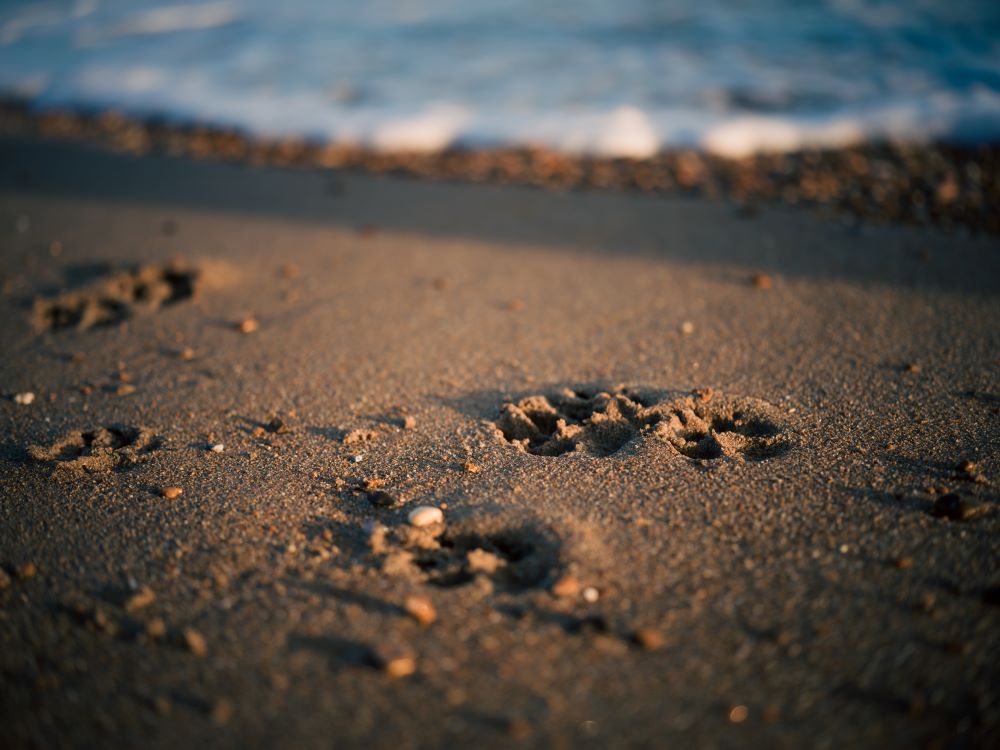- Call us: 01444 237070
- Contact Us
- Stores
- Sign In / Register
-
- Back
- Used Cameras
- Used Accessories
- Used Lenses
- Used Video
- Used Film Equipment
- Used Stock Alert
- Used Blank Test
- Sell or Part Exchange
- Used Clearance
- Recently Added Used Equipment
- Park Picks
- All Used Black Friday Deals
- Faulty
- Used Week Offers
- Back
- Trade-In
- Blog
- New in
- Call us
- Contact us
- Stores
- Sign in
- Categories
- Tips & Inspiration
- Reviews
- News
- Events
- Features
- Buying Guides
- Competitions
5 Expert Landscape Photography Tips
Landscape photography is one of the most rewarding photography genres out there. Being able to capture the natural beauty of our world is a real gift, and you’ll never run out of picturesque views to photograph, whether you’re keeping it local or travelling.
5 Tips to IMPROVE Your LANDSCAPE PHOTOGRAPHY (2023) | Tutorial Tuesday Video
Whether you want to capture beautiful sunsets, head out during golden hour to take photos, or capture some beautiful scenes, we're running through 5 tips to help you make the most of your landscape photography in this Tutorial Tuesday.
While landscape photography may seem simple at first glance, it’s a much more dynamic genre that has an awful lot of variables, meaning you need to approach every shoot with a completely different plan. To shoot wonderful landscapes, you need to be an applied, focused and agile photographer, on top of the preparation that goes with it too.
In order to help you on your journey, we’ve compiled this list of five useful landscape photography tips which dive deeper into what makes a landscape photo brilliant. Keep reading, as we explore ways you can start enhancing your photography today, along with advice on how you can adjust your approach to finish shoots with photographs that impress.

Fujifilm X-T3 | Fujifilm XF 18mm F1.4 R LM WR | 1/8000 sec | f/2.2 | ISO 250
Tip 1: Give Your Shots More Room
One problem that often plagues landscape photographers is over-fixating on a certain composition. Subconsciously, what this can lead to is a much tighter field of view in your resulting photo – by zooming closer to the view you’re focusing on, you’re provided with beautiful lens compression and a frame-filling shot. However, this fixation can often create a little unwanted tunnel vision.

Canon EOS-1D X Mark II | Canon EF 24-105mm F4 IS II USM | 30 sec | f/8 | ISO 100
The main issue with shooting so tight is that you’re unable to rectify it in post. While it may have seemed like the right idea at the time, often you can come back to edit your photos and you just wish you’d shot a little bit wider – while you can try and expand it with some clever Photoshop work, you’ll need to get it right in-camera if you want to be consistent with your photography.
The remedy to this is to give your shots more room. Do this by capturing a range of shots – make sure you get the photo you had planned, but take a few wider ones too, as it’s always worth exploring multiple angles with your landscape photography. Whether that’s with a wide angle lens or simply by zooming out, changing your perspective can have unexpectedly impressive results.
Giving your subject more room in your shot also utilises the power of negative space, which can be an essential compositional tool when used perfectly. Even if you prefer your initial, tighter idea – which may be the case most often – it’s always good to have that safety net in place just in case you don’t like that initial composition. By having that option, you can leave your shoots with a much higher proportion of results that you’re proud of.

Sony A7 III | Sony FE 24-70mm F2.8 GM | 1/160 sec | f/4.0 | ISO 100
Tip 2: Focus on the Light
Light is an essential aspect of all genres of photography. Technically, it dictates your exposure and composition, and creatively, it has a huge share of control over your image’s atmosphere and feel. Its importance in landscape photography stems from this – bad light can make even the most beautiful view look bland. To the opposite effect, good light over a relatively boring scene can turn it into a brilliant photo.
One of the best ways to start taking compelling landscape photos is to follow the light. Rather than focusing solely on a composition you like and hoping the light will turn out nicely. When you’re at a location, focus on where the light catches your eye, as that’s usually where the best shots are found!

Sony A1 | Sony FE 24-70mm F2.8 GM II | 1/200 sec | f/4.0 | ISO 320
Shooting good light also requires you to be opportunistic. The conditions for landscape photography change faster than you think – if you’ve got good light in a location, focus solely on that. Make sure you get some shots in the bag before the light changes. The margins are incredibly fine, as changes in cloud and sun position mean that the natural light can be completely different in a matter of minutes.
By letting the light dictate your shoots, you may come away with some unexpectedly stunning photos you had no clue you’d be taking beforehand. This all adds to the reward of landscape photography.

Nikon Z6 | Nikon Z 24-70mm f4 S | 1/160 sec | f/11 | ISO 400
Tip 3: don’t obsess over one shot
Landscape photographers know the feeling of obsessing over a certain shot all too well. Arriving at locations with tunnel vision for the view you want to shoot, you forget the possibility of finding other shots, and when you arrive back home and you haven’t got it perfect, you feel as if you’ve let yourself down. It’s a vicious circle of disappointment!
Therefore, it’s sometimes worth getting that one shot out of your head before you even set out to shoot. Not only does this remove the desire for a perfect result (which often sets you up for frustration), but it can often help you come away with shots that you wouldn’t have even picked up on in that location.

Sony A7 III | Sony FE 24-70mm F2.8 GM | 1/80 sec | f/8 | ISO 125
Every location has multiple brilliant scenes to capture right under your nose. While one view may be more popular (taking famous landscape photography landmarks like Durdle Door for example), exploring and rethinking your ideas is a great way to get some extra satisfaction out of your shoots.
By removing that lingering fixation on a certain shot, you open your mind up to ideas that are far more unique and personal. You should apply this tip every time you head out to shoot landscapes, as it adds a new level of reward to your landscape photography.
Tip 4: use exposure bracketing more
This tip is a more technical piece of advice, but important nonetheless. Using exposure bracketing can not only be a useful tool to control your dynamic range, but can also streamline your post-production and even help you stylise your landscape photos to your liking.
For those unfamiliar, exposure bracketing involves your camera capturing a series of shots at varying exposure settings, allowing photographers to mix and match overexposed and underexposed images to combat harsh lighting situations. While modern digital cameras handle dynamic range effortlessly with the use of RAW files, it’s still useful to help you visualise your shots.
Using exposure bracketing can enhance your photographic process in unexpected ways. This is because it forces you to see the same photo at different exposures – what this does is it retrains your photography brain to separate the ‘correct’ exposure from the one you like the most.
By looking through your set of slightly darker and brighter images, you may decide an underexposed look suits your image best, for example. If this is something you wouldn’t have considered in the moment, then it’s working its magic. By trying out different ideas with exposure in your landscape photography, you can be more open-minded with a greater creative versatility at your disposal.
While a lot of the time the ‘correct’ exposure may be your best choice, using exposure bracketing is all about giving you more options in post-production, helping you cultivate a sense of photographic style.

Hasselblad X2D 100C | Hasselblad XCD 55V | 1/350 sec | f/6.8 | ISO 100
Tip 5: try and notice smaller details
Landscape photography is a genre that hinges an awful lot on vast, sweeping views, and for good reason. There’s nothing like being able to capture the true scale of the outside world, and the feeling you get from condensing a breath-taking view into a small, rectangular image is hugely rewarding.
Despite this, it often pays to take a step back and focus on the little things in the landscape. Capturing details on your landscape shoots can tell a completely different story to the one you were going for, capturing the essence of the location in a concise photo.

Hasselblad X2D 100C | Hasselblad XCD 55V | 1/350 sec | f/2.5 | ISO 100
By taking a closer focus on details, you create these miniature vignettes that provide information about the landscape in a truly unique way. Detail and texture are essential parts to a photo, so by stripping these ideas to their bare essentials with minimalist detail shots can produce some immensely compelling results.
Taking photos like these requires an opportunistic approach. With the size of memory cards nowadays, there’s no need to worry about limiting the number of shots you take, so all it requires is keeping an eye out for those interesting details in the landscape.

Nikon Z6 | Nikon Z 24-70mm f4 S | 1/160 sec | f/4.0 | ISO 1600
Summary
We hope that this guide has given you some new insights into your landscape photography, and that you can apply some of the tips we’ve discussed right away. Feel free to explore our social media channels on Facebook, YouTube, X and Instagram where we’re regularly sharing tips just like these.
Discover our vast range of digital cameras, lenses and offers today – we’re certain you’ll find the perfect companion for your photographic journey.
Share this post:
By Thom Pyle on 19/06/2024

Trade in your old equipment
Fast and easy trade in service ensures your old gear is collected efficiently and you are paid quickly! It's very simple to trade in your unwanted photography gear. Just head over to our dedicated Sell or Part Exchange page, fill out the details, and we'll get back to you with an offer for your old gear. Take the cash, or put it towards the cost of your new gear. It's up to you! Find out more
sign up to the newsletter
Keep up to date on the latest photography news, events and offers. Sign up now

